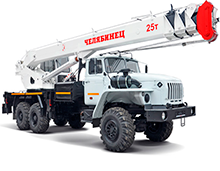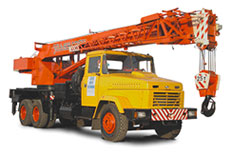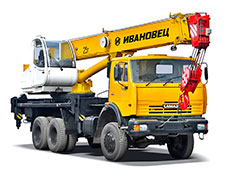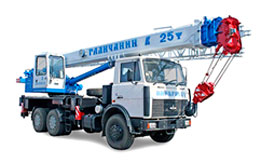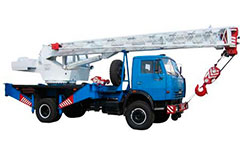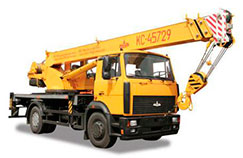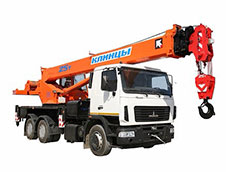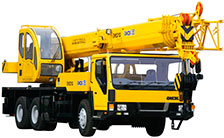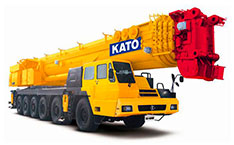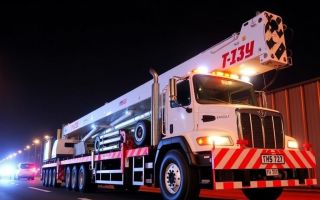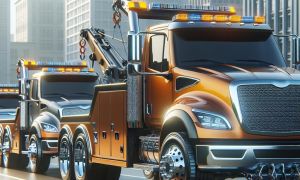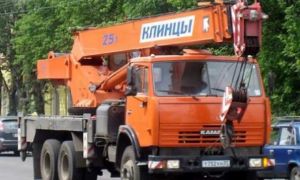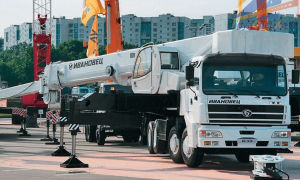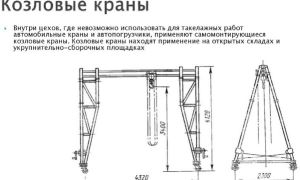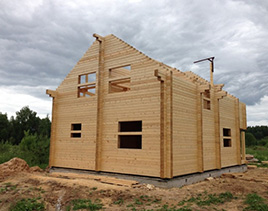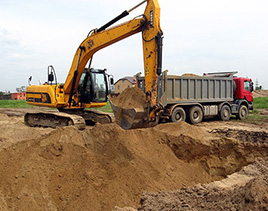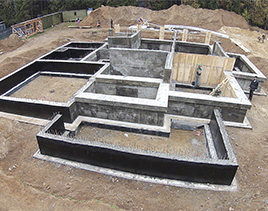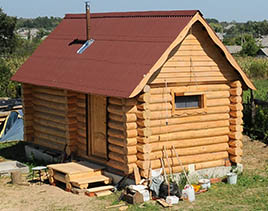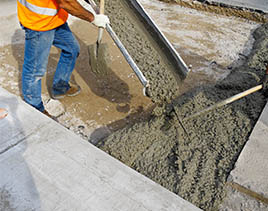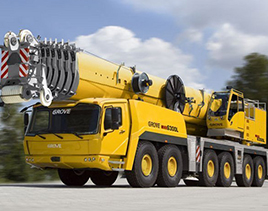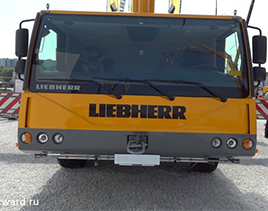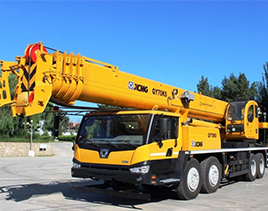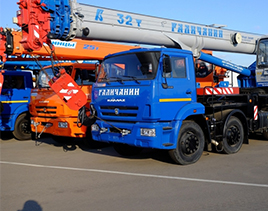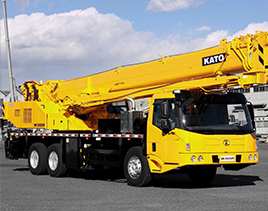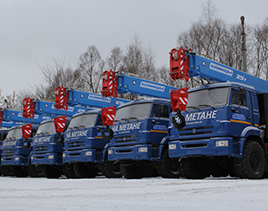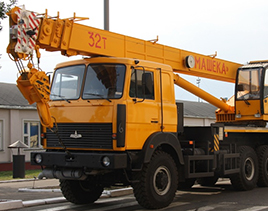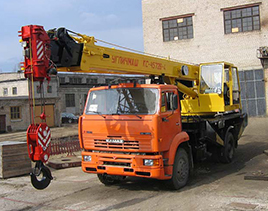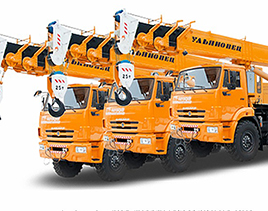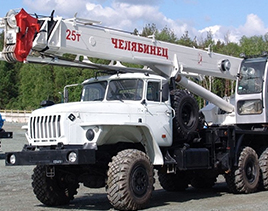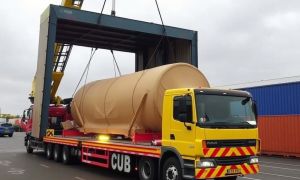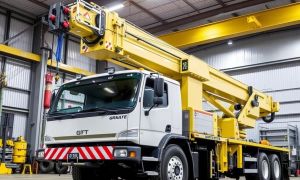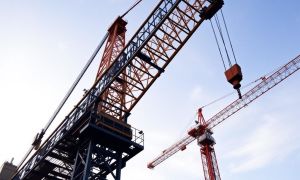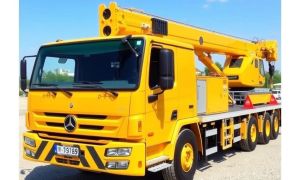Transporting mobile cranes is a complex task that demands careful planning, expert knowledge, and strict adherence to safety protocols. Whether you’re moving a small crawler crane down a city street or hauling a massive hydraulic crane across state lines, understanding the best practices for transporting mobile cranes can make the difference between a smooth operation and a costly, dangerous mishap. This article will guide you step by step through the most important considerations, tips, and industry standards to help ensure your mobile crane arrives safely, on time, and without incident.
Understanding the Challenges of Transporting Mobile Cranes
Mobile cranes are unique pieces of heavy equipment designed to lift and move heavy loads on construction sites, ports, and industrial facilities. However, their size, weight, and specialized components make transporting mobile cranes particularly challenging. Unlike standard trucks or smaller machinery, cranes often exceed normal weight and dimension limits, require special permits, and need to be disassembled or configured correctly to fit within road regulations.
One of the first things to consider when planning crane transport is the nature of the mobile crane itself. Is it a crawler crane, truck-mounted crane, rough terrain crane, or all-terrain crane? Each type has different transport requirements due to variations in size, weight distribution, and mobility features. Knowing the specifics of the crane model and its dimensions will influence how you prepare it for transport and what kind of vehicle and trailers you’ll need.
Key Preparations Before Moving a Mobile Crane
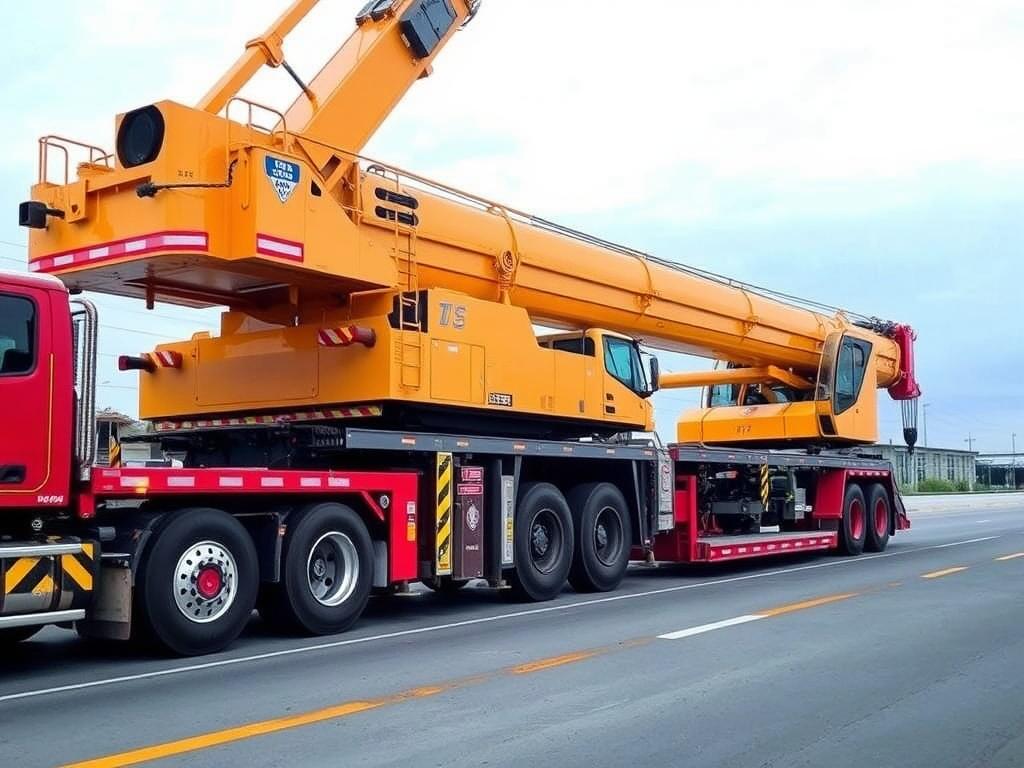
Proper preparation is the cornerstone of safe and efficient crane transport. Before loading the mobile crane onto a trailer or transport vehicle, several important steps have to be taken.
1. Conduct a Thorough Inspection and Maintenance Check
Before moving, inspect every critical part of the crane to ensure it’s in good working order. Check for leaks, loose bolts, tire pressure, and overall structural integrity. Performing minor maintenance tasks now helps prevent breakdowns during the journey and reduces liability.
2. Disassembly and Folding
Many mobile cranes need to be partially disassembled or folded to comply with transport regulations and limit height, width, and length. This may involve retracting the boom sections, removing counterweights, or detaching outriggers. Always follow the manufacturer’s guidelines on how to safely prepare the crane for transport.
3. Secure Loads and Components
Any parts that can move or shift during transport must be properly secured. Use heavy-duty straps, chains, and tie-down anchors designed for heavy equipment. Ensuring the crane is immobilized prevents damage and maintains balance on the transport vehicle.
4. Route Planning and Permits
One of the most critical planning steps is to map out your transport route in advance. Transport permits are often required for oversize or overweight loads, and clearance from local authorities is needed to avoid obstacles like low bridges or narrow roads.
The Role of Specialized Transport Vehicles and Equipment
Transporting mobile cranes requires the right vehicles, trailers, and equipment to handle the weight and dimensions safely.
Types of Transport Trailers for Mobile Cranes
| Trailer Type | Best For | Key Features |
|---|---|---|
| Lowboy Trailer | Heavy cranes, oversized loads | Low deck height, easy loading |
| Extendable Flatbed Trailer | Cranes with long booms | Adjustable length, flexibility |
| Multi-Axle Trailer | Extremely heavy cranes | Increased load capacity, better weight distribution |
Using the right trailer reduces risk and ensures stability while on the road. Often, cranes require multiple trailers or spreading the load over several axles to comply with weight distribution laws.
Loading Techniques and Safety Measures
Loading a mobile crane onto a transport trailer is one of the most delicate parts of the process. Best practices include positioning the crane carefully to balance weight evenly, using ramps or cranes for loading when necessary, and securing the crane in multiple points to prevent shifting. Team communication is essential during this phase to maintain safety and efficiency.
Legal Requirements and Safety Regulations
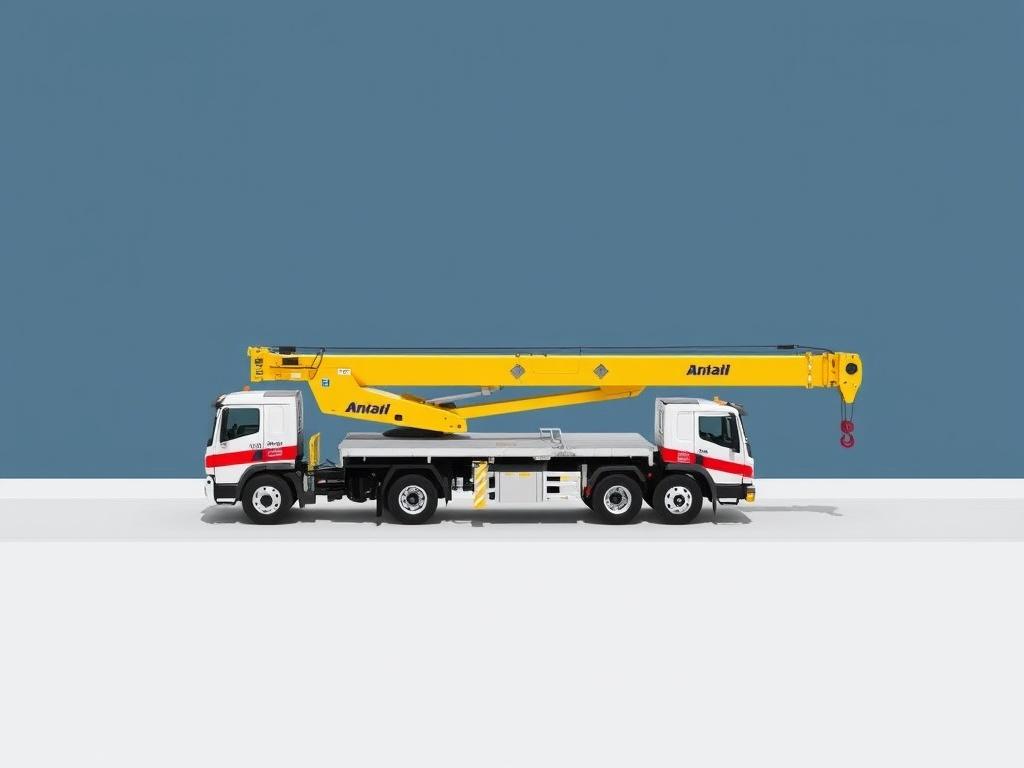
Adhering to legal regulations is not just about avoiding fines—it ensures safety for the transport crew, other road users, and the crane itself. Here are some of the major considerations.
Permitting and Weight Restrictions
Transporting a mobile crane usually involves obtaining special permits, especially when the crane’s dimensions or weight exceed standard limits. These permits specify routes, times of travel, speed limits, and escort vehicle requirements. Failing to get the correct permits can lead to legal penalties and delays.
Escort Vehicles and Traffic Control
Oversize transports typically require support from escort vehicles to warn other motorists and control traffic around the load. Escort drivers are trained to navigate difficult scenarios such as narrow roads, sharp turns, and bridge crossings.
Compliance with Load Securement Regulations
Load securement laws require that cranes be tied down in ways that prevent shifting, sliding, or tipping. Inspecting tie-downs before departure and regularly during the journey can prevent accidents caused by load movement.
Transporting Mobile Cranes Across Long Distances
Long-distance transport of mobile cranes calls for additional planning and considerations.
Impact of Weather and Road Conditions
Weather can dramatically affect the safety of crane transport. Rain, snow, fog, and high winds can reduce visibility and road traction, increasing risks. Detailed weather forecasts should be assessed before departure, and contingency plans should be in place.
Driver Training and Experience
Drivers transporting mobile cranes need special training to handle large, heavy, and potentially unstable loads. Experienced drivers understand how to react to road conditions, traffic, and mechanical issues that may arise during transit.
Rest Stops and Route Monitoring
When moving mobile cranes over hundreds of miles, planned rest stops for driver breaks and equipment inspections are essential. Technologies like GPS tracking and route monitoring can help keep the transport on schedule and alert managers to any issues in real time.
Best Practices for Reducing Transport Costs Without Compromising Safety
Cost management is often a priority for companies transporting mobile cranes, but cutting corners on safety can lead to expensive consequences. Here are some ways to optimize expenses while maintaining safety and compliance.
- Plan routes carefully to minimize mileage and avoid low clearances or weight restrictions.
- Consolidate shipments when possible by transporting multiple pieces of equipment together.
- Regular maintenance prevents unexpected breakdowns, reducing costly delays.
- Train staff to work efficiently and safely, avoiding accidents and reducing insurance claims.
- Invest in quality securement equipment to reduce damage risks during transit.
Emerging Technologies and Innovations in Crane Transport
The crane transport industry is evolving thanks to advances in technology that enhance safety, tracking, and efficiency.
GPS and Real-Time Monitoring Systems
Modern GPS and telematics systems allow transport managers to monitor crane movements in real time, ensuring routes are followed and enabling rapid response to any issues.
Advanced Load Securement Materials
Innovative materials like high-strength synthetic straps and automated tensioning systems improve securement reliability and ease of use.
Automation and Remote-Controlled Devices
Some companies are exploring remote-controlled loading equipment and automated tools to reduce human risk and improve precision during loading and unloading.
Summary Table: Best Practices Checklist for Transporting Mobile Cranes
| Step | Best Practice | Reason |
|---|---|---|
| Inspection | Perform thorough maintenance check before transport | Prevent breakdowns and ensure safety |
| Disassembly | Fold boom and remove excess parts as needed | Comply with size and weight regulations |
| Securing Load | Use heavy-duty tie-downs and chains | Prevent movement and damage |
| Permitting | Obtain all necessary oversize load permits | Legal compliance and safety |
| Route Planning | Pre-plan routes to avoid obstacles and weight limits | Maintain schedule and prevent hazards |
| Driver Training | Use experienced, trained drivers for heavy loads | Reduce accident risk |
| Weather Monitoring | Assess weather before and during transport | Avoid dangerous road conditions |
Conclusion
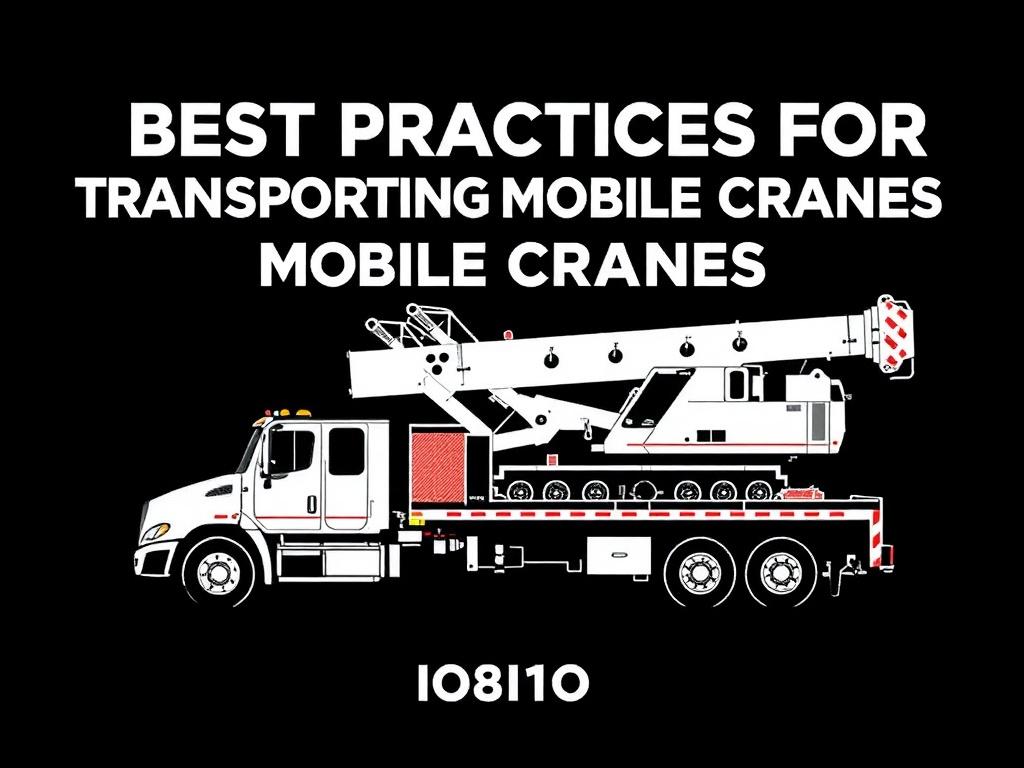
Transporting mobile cranes is an intricate process that requires a blend of technical knowledge, careful planning, and a commitment to safety. By understanding the unique challenges these heavy machines present, taking diligent preparatory steps, selecting the right transport equipment, and following all legal regulations and best practices, companies can ensure their cranes arrive safely and efficiently at their destination. In addition, investing in training, technology, and maintenance not only streamlines crane transportation but also mitigates risk, ultimately saving time and money. Whether for short moves or long-haul journeys, applying these best practices for transporting mobile cranes makes the difference between a successful operation and costly setbacks. If you operate with attention to detail and respect for industry standards, your mobile crane transport will be smooth, compliant, and secure every time.

